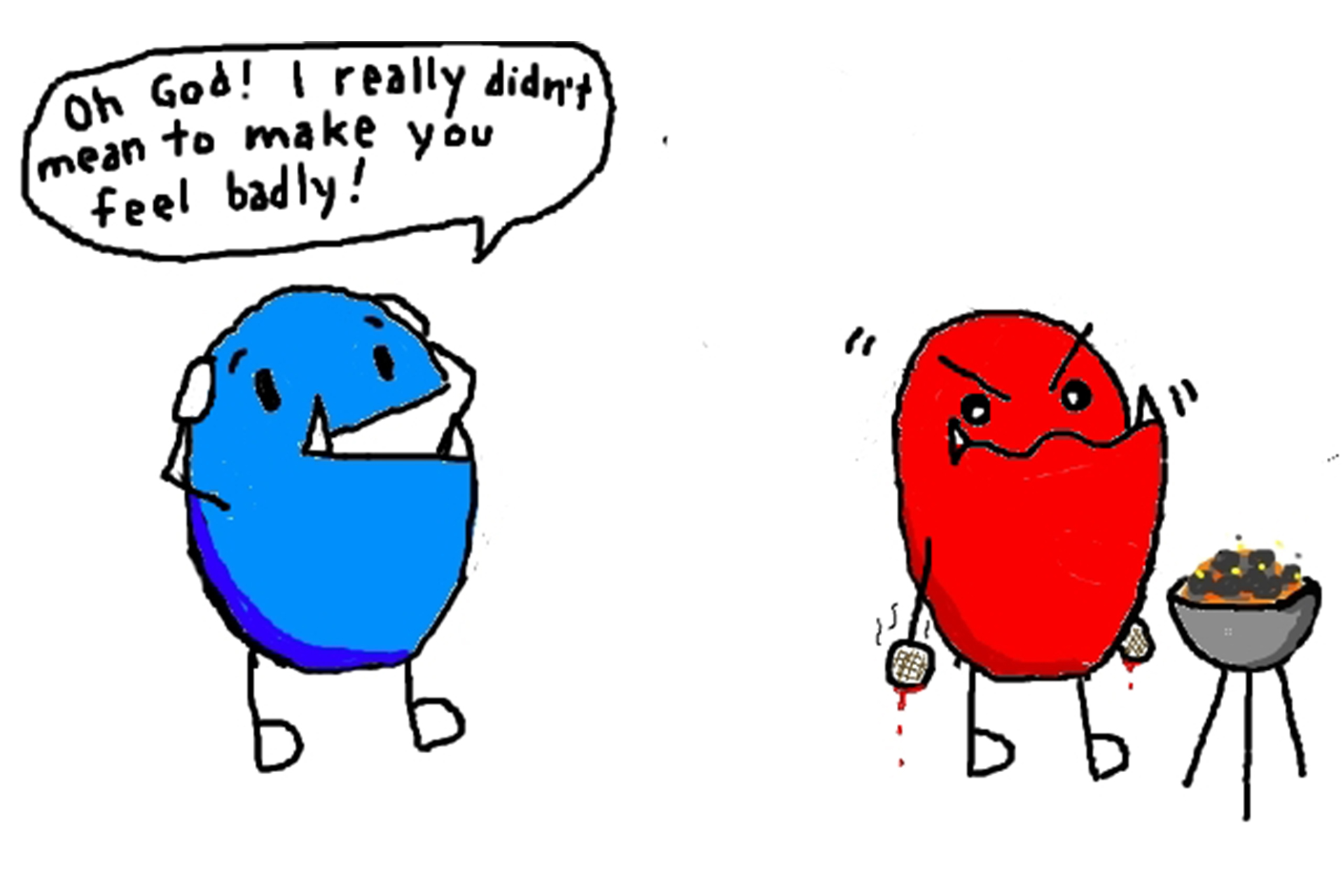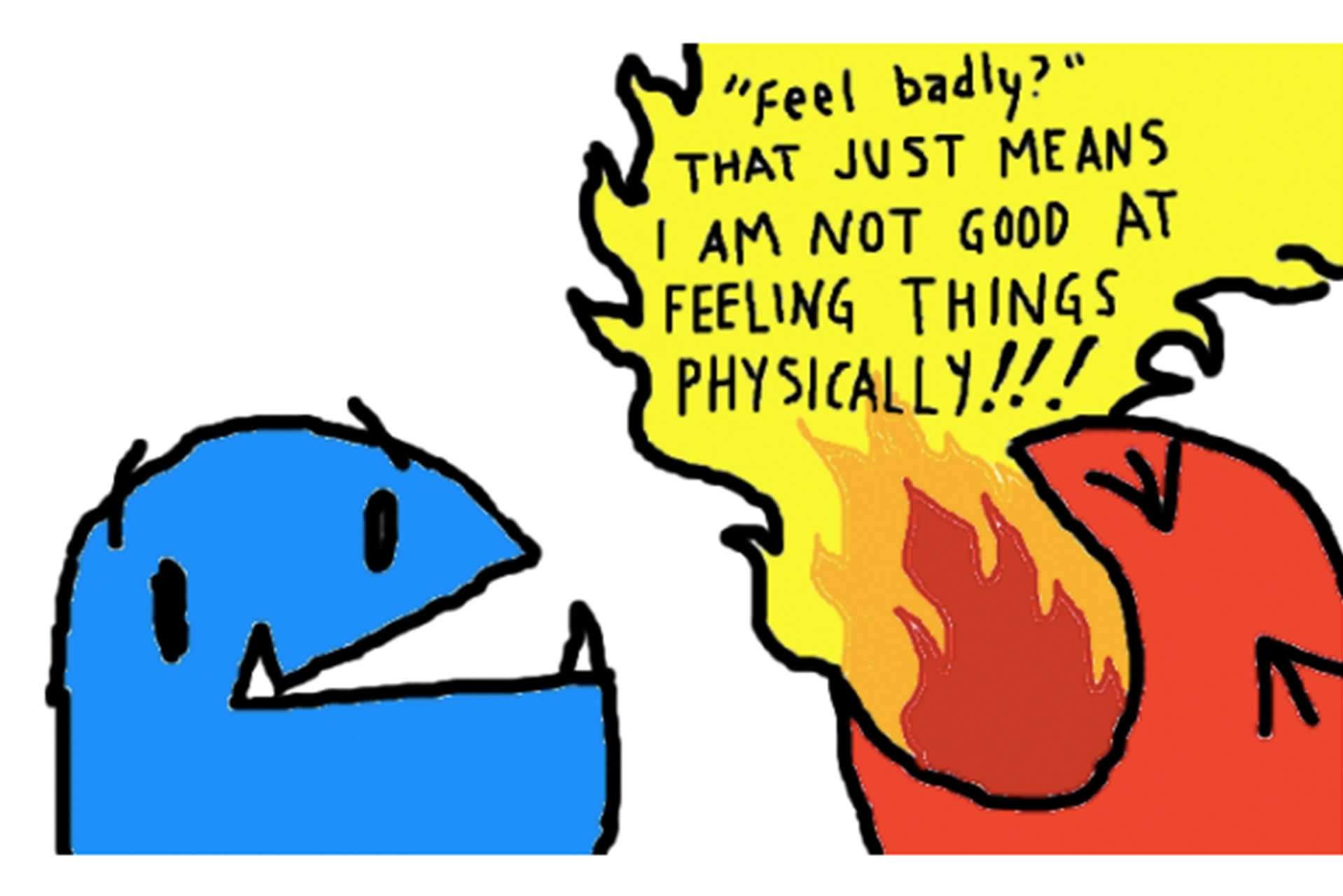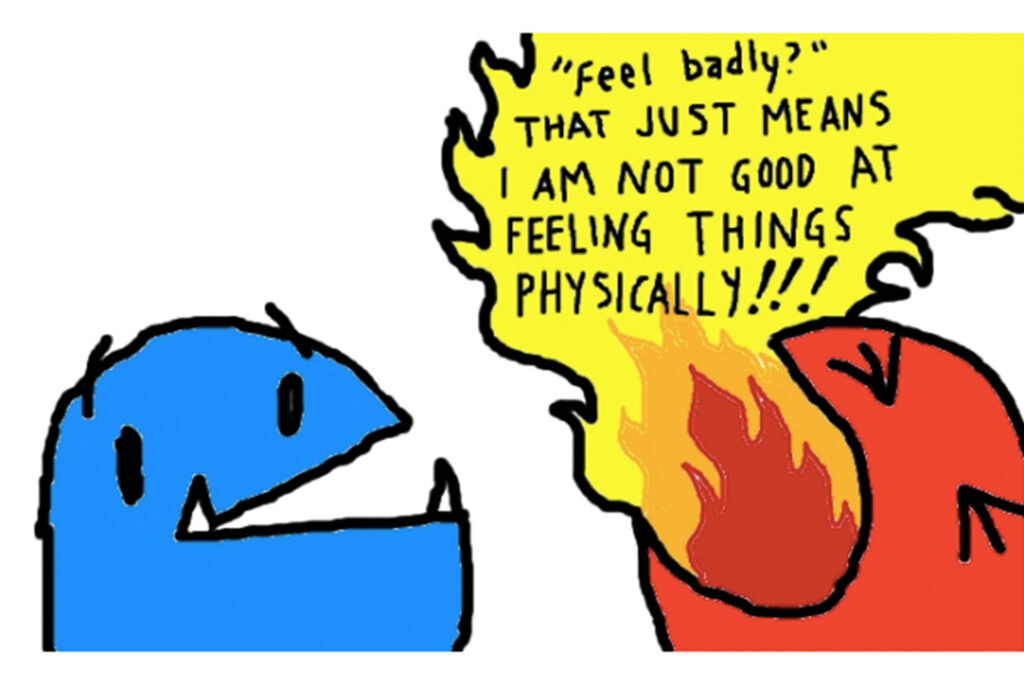
Adverbs, Adverbs, Adverbs…
With English examinations perpetually around the corner, whether it’s your end of term assessment or your in-house Trinity examination — or perhaps you’re even going for Cambridge FCE, CAE, CPE, or IELTS — it matters not, it is vital to know how you can prepare for these and how you will be assessed. Generally speaking, when it comes to English language examinations, you are assessed on four skills: Reading, Writing, Listening, and Speaking. However, one must remember that all of these skills require a good knowledge of English grammar, and, while the criteria may be different for each level, when it comes to Writing, the golden rule — no matter what your level — is that you first and foremost follow the foundations of English Word Order (SUBJECT + VERB + OBJECT; PLACE + TIME) dealt with in our last blog post, Exam Tips: Writing (I). The next step is knowing where to place those pesky ADVERBS, which is precisely what we are going to look at now, but first an important question . . .
What is an Adverb?
Simply put, an adverb is a word that describes or modifies a verb. As we know from our last post (Exam Tips: Writing [I]), a verb is an action word, for example: eat, pray, talk, walk, sleep, read, think, feel, and so on. Insofar as an adverb describes or modifies these verbs, it tells us HOW the subject of the sentence performs the verb.

There are three main types of adverbs that will concern us here, Adverbs of Manner, Adverbs of Frequency, and Adverbs of Degree. Let’s start with the easiest when it comes to English Word Order for Writing: Adverbs of Manner.
Adverbs of Manner
Expressing the way in which a thing is done or happens, Adverbs of Manner include: slowly, quickly, quietly, loudly, clumsily, carefully, beautifully, gracefully, and so on. When it comes to English Word Order for Writing, the placement of these guys is the easiest because they usually go at the end of the sentence, after your subject, verb, and object:
Subject + Verb + Object + Adverb of Manner
She (Subject) closed (Verb) the door (Object) quietly.
He (Subject) threw (Verb) the ball (Object) clumsily.
The teacher (Subject) explained (Verb) the problem (Object) carefully.
If your sentence includes Place + Time in addition to an Object, you have two options, of which the first often sounds more natural:
Subject + Verb + Object (Adverb of Manner) + Place +Time
The teacher (Subject) explained (Verb) the grammar point (Object) brilliantly at ISI (Place) on Monday (Time).
or
Subject + Verb + Object + Place +Time (Adverb of Manner)
The teacher (Subject) explained (Verb) the grammar point (Object) at ISI (Place) on Monday (Time) brilliantly.
Adverbs of Frequency | Adverbs of Degree
Expressing the frequency with which a thing is done or happens, Adverbs of Frequency include: always, usually, often, sometimes, rarely, never, and so on. Expressing the amount, level, or extent to which a thing happens or is present, Adverbs of Degree include: definitely, certainly, totally, utterly, probably, possibly, slightly, barely, and so on. When it comes to English Word Order for Writing, the placement of these guys follows three rules:
RULE 1: VERB
If your sentence contains a verb — which it must of course — any verb, except for the verb “to be,” these guys go before the verb:
Subject (Adverb of Frequency or Degree) + Verb + Object; Place +Time
I always play football.
I never play football.
I definitely play football.
and a complete sentence with Place + Time:
I usually play football at ISI on Fridays.
RULE 2: “TO BE”
If your sentence contains the verb “to be,” these guys go after the verb:
Subject + Verb (Adverb of Frequency or Degree) + Object; Place +Time
I am always happy.
I am usually happy.
I am definitely happy.
and a complete sentence with Place + Time:
I am never happy in school these days.
RULE 3: AUX/MOD AUX + MAIN VERB
If your sentence contains an auxiliary verb (be, do, or have) or a modal auxiliary verb (can, could, would, should, might, must, and so on) plus a main verb, theses guys go in-between the two. Now, before we look at how this works, we should probably pause to reflect on why this might be the case, which is to say, the presence of two verbs. Well, first, there might be an auxiliary verb (sometimes called “helping” verbs) and a main verb forming a tense for instance, as in the following example, where we have the auxiliary verb “have” helping itself as a main verb to form the Present Perfect:
Subject + Verb 1 (Adverb of Frequency or Degree) + Verb 2 + Object
I have definitely had my breakfast.
Or there might be the auxiliary verb “do” helping a main verb ask a question or say something negative, as in the following example:
Verb 1 + Subject (Adverb of Frequency or Degree) + Verb 2 + Object?
Do you always eat breakfast?
Subject + Verb 1 (Adverb of Frequency or Degree) + Verb 2 + Object
I don’t usually eat breakfast
Or there might be a modal auxiliary verb, like “should” for example, and a main verb present to indicate mood or modality, “should” is friendly advice, as in this example:
Subject + Verb 1 (Adverb of Frequency or Degree) + Verb 2 + Object
You should always eat breakfast!
One additional thing that is good to know regarding RULE 3 is that if your verb phrase gets longer than two parts — for example, it could be Present Perfect Continuous, which has three parts — it matters not, the rule is as follows: the Adverb of Frequency or Degree will always go after the first word in the verb phrase, like so:
Subject + Verb 1 (Adverb of Frequency or Degree) + Verb 2 + Verb 3 + Object
I have definitely been improving my grammar!
Well, I do hope you have improved your grammatical knowledge of English Word Order for Writing through reading this blog post. It’s good to know that these rules also apply to, well, the word also, as you can see, but into the bargain: both, all, just, already, and still. They do not apply to the word yet, which, we are told up to a certain level (B2), can only be used in negative sentences and questions, where it is placed at the end. . . . Of course, this is not really the case, but I have yet to write that blog post!
Please find the Exam Tips: Writing (I).
N.B. IMAGES ARE COURTESY OF BOGGLETONDRIVE.COM.


Pingback: ISI Dublin │ The "Passive Voice" made Easy by Rosie!